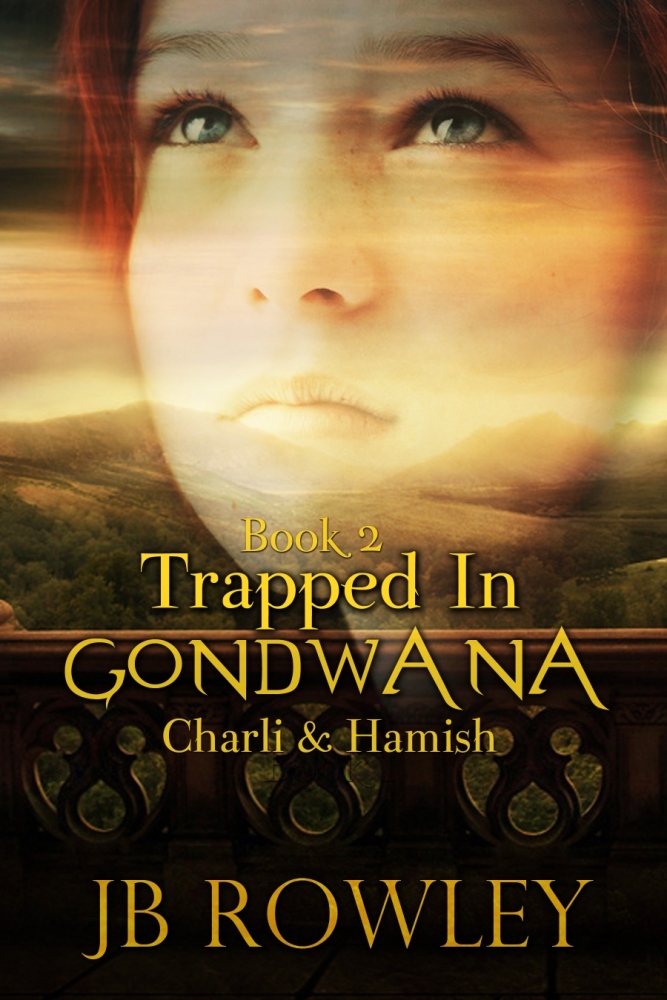Phar Lap was the hero that died a tragic death. The legend of the much loved racehorse, foaled in Timaru, New Zealand, 1926 is well known to every Australian but has recently been published by Museum Victoria in a picture book and ballad combination.
The darling of the race-going public in Australia during the Great Depression the champion chestnut gelding was so fast he won race after race, living up to his name (Phar Lap is a Thai word meaning lightning). The winning style of the horse with the big heart (his heart was twice the usual size) thrilled those who bet on him at a time when most people were out of work and struggling to get enough money to feed and clothe their families. However, Phar Lap’s habit of winning races did not please the criminal element in the race industry. Gangsters tried to shoot him a couple of days before the 1930 Melbourne Cup but the attempt failed and Phar Lap went on to win the coveted Cup that year.
Two years later Phar Lap went to the USA to race in the Agua Caliente Handicap – North America’s richest race at the time. After travelling by ship across the Pacific Ocean to San Francisco and another 800 kilometres by road to Tijuana in Mexico, Phar Lap raced against the best horses in America to win easily by two lengths in a time of 2:2.8–a new record. He was described by commentators as ‘the handsomest horse ever seen on an American track’.
Alas, two weeks later he came down with a mysterious illness (recently revealed to be arsenic poisoning) and died an agonising death in California on April 5, 1932. Australia mourned the death of the horse that had won the hearts of the people. His body was returned to Australia and he now stands in the Melbourne Museum; their most popular exhibit.
In the years following his death, Phar Lap became a national icon in Australia and New Zealand. Books were written about him, songs were sung for him, films were made about him and in 1978 an Australian postage stamp was issued in his honour.
Now, a new generation of Australians can discover Phar Lap’s story in ballad form with Jackie Kerin’s Phar Lap the wonder horse published by Museum Victoria. To capture the mighty Phar Lap’s story in rhyming verse while maintaining historical accuracy is no easy matter but Jackie Kerin has masterfully achieved just that. The story flows seamlessly and begs to be read aloud.
Here is how Kerin records Phar Lap’s final moments with his faithful strapper, Tom Woodcock, by his side.
By midday things were getting worse, and Phar Lap was in pain,
The treatment was to walk him, so Tom tried, and tried again,
But nothing worked, and finally, the horse lay down to die,
His best friend watching, helpless, as the light dimmed in his eye.
The book’s thirty two pages come to life with captivating pictures by well known illustrator Patricia Mullins using Japanese, Nepalese and Indian papers as well as crayon and photo montage. A perfect size for class room use at 28cm x 26cm, this beautifully presented book comes with a comprehensive and easy to read glossary at the back. JB 🙂







Comments on: "Phar Lap in rhyming verse" (4)
This is Bean from Finding Your Gibbee. I would like to award you the Versatile Blogger Award for your wonderful contributions to the writing world. Details are at my blog http://gibbee.blogspot.com/2012/01/versatile-blogger-award.html
Congratulations!
How wonderful that Phar Lap is being remembered this way for a new generation of horse lovers. Thanks for sharing!
(entered my url wrong the first time, so posting again).
🙂
Thanks for visiting, Nicole. I see from your blog you are ‘A Writer and a Rider’- that’s a great combination! JB 🙂
How wonderful that Phar Lap is being remembered this way for a new generation of horse lovers. Thanks for sharing!